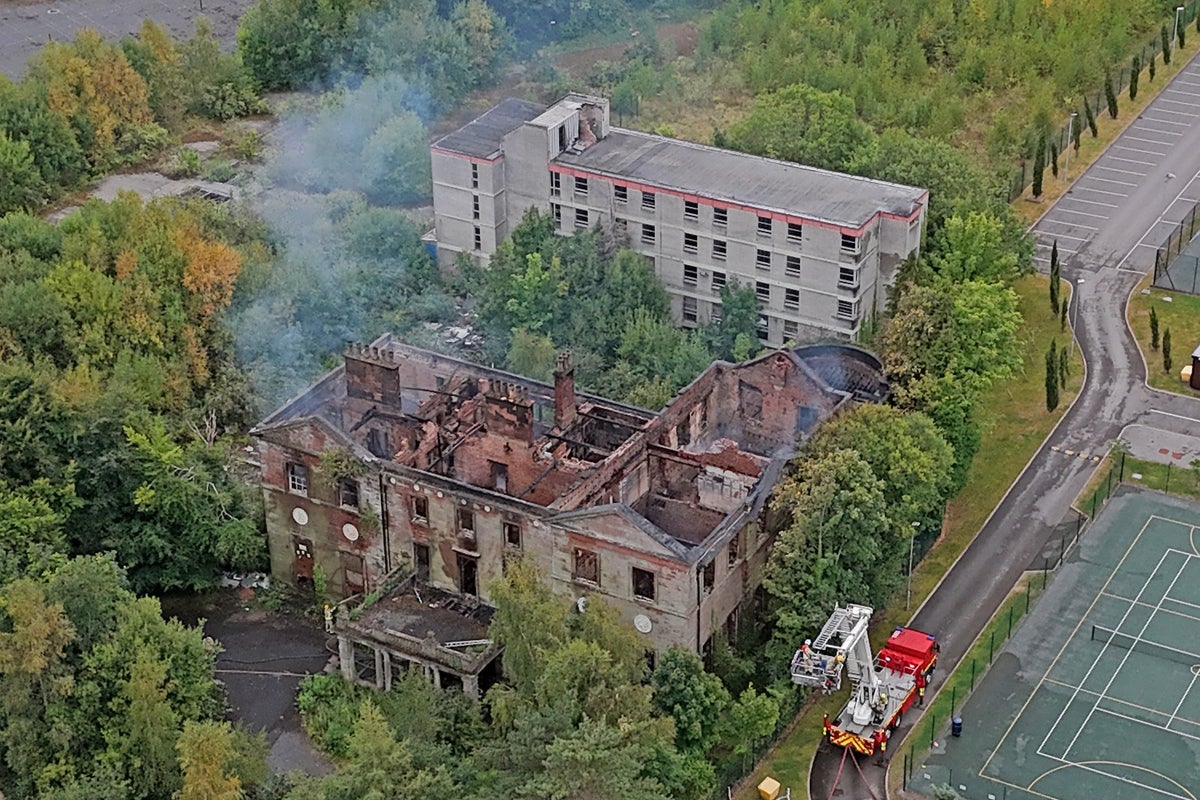Everyone seems to be talking about rail fares. The excitement is due to the third Wednesday in August traditionally being Act One of the annual festival of rail fare misery. The publication of the retail prices index figure for July has long heralded an outpouring of despair. That is because train tickets normally increase in line with last month’s RPI (or sometimes 1 per cent more).
Act Two usually takes place in November, when the rail industry confirms the worst fears of the travelling public. Anyone with a calculator and a bit of time could have worked out the actual fare rises during the previous three months. But there is fresh shock when they are published. For example, a 3.6 per cent rise for 2026 would see the price of a one-way Anytime ticket from Manchester to London rise to exactly £200, and a monthly season ticket from Bristol to Cardiff hit £400.
The last act is performed on the day the rises take effect. Platoons of camera crews converge on a London rail terminal – usually Euston or King’s Cross, due to the abundance of coffee facilities as well as fed-up commuters to “vox pop”. The finale is the same every year: an unharmonious chorus of condemnation which goes, approximately, “Why should we pay even more for unreliable trains that are standing-room only?”
Ministers hint this cycle is different: that there is nothing special about the July figure that suggests it will define the fare rise early in 2026.
“No decisions have been made on next year’s rail fares,” a spokesperson for the Department for Transport (DfT) told me. “But our aim is that prices balance affordability for both passengers and taxpayers.”
Allow me to add a couple of lines that have unaccountably been left out of the DfT statement: “The way to rescue the railway and reduce the astonishing subsidy of £400 per second taxpayers pump in is to entice more people on board.
“Prospective passengers find the tangle of ticketing highly confusing and suspect they are being ripped off. In addition, the way we distribute tickets loses a chunk of revenue. So we are finally going to overhaul the ticketing system, as every government this century has promised to do.”
With the railway celebrating 200 years next month, you might have thought we would sort out ticketing in that time. We haven’t. Happily, I am here to help with this quest, with my top six recommendations.
How many do I expect the government to adopt? Zero. I hope I am wrong.
Go 100 per cent digital
“We have to provide tickets in whatever form the passenger prefers: paper from a machine or ticket office, or an e-ticket.” No you don’t. Follow the airlines. Saves a fortune. That vital QR code ticket can always be in paper form, perhaps printed at helpdesks at stations, but very quickly the travelling public will adapt. Especially if they sense someone is actually thinking about their journey.
Show you understand the passenger
To make life easier for long-suffering passengers, the railway could deploy some logic in its online offering. I estimate that 99.9 per cent of all passengers from Swansea who tap “C-A-R” into the National Rail website are keen to travel to Cardiff Central. Yet this is the seventh choice in a long list. The top three destinations offered: Carlisle in the far northwest of England; the tiny halt of Carbis Bay in north Cornwall; and Cardenden in Fife.
The one in a million passenger who actually wants to go from Swansea to beautiful Carbis Bay will cope.

Tie every ticket to a particular train
On Wednesday I am travelling from Manchester to Preston. I don’t know which train I will catch, but I do know that Northern Rail (state owned, by the way) will offer me a reasonable and appropriate Advance fare, up to a few minutes before departure, as I walk to the station. The exact price is calibrated by algorithms according to expected demand, just like the low-cost airlines that have transformed aviation to everyone’s benefit.
Opportunity for fare dodging will shrink, helping to rescue perhaps half-a-billion pounds of lost revenue. And if sensible fares are offered, the practice of splitting tickets simply vanishes.
Many long-in-the-tooth rail users (probably including me) will complain about a lack of flexibility. Tough: allowing a ridiculous range of options to get from A to B – such as London-Manchester via Leicester and Sheffield or Reading and Oxford – is just not relevant for most passengers. Remind the old groaners that delay repay (compensation for late journeys) will be handed out instantly under the new system, refunded back to the payment method.
Intercity optimisation
Imagine asking British Airways: “What is the fare from London Heathrow to Glasgow?” BA’s revenue management team – who squeeze the maximum cash out of every passenger while simultaneously trying to fill every seat – would look blankly at you. Then they might shrug and say: “It’s whatever the market will bear.”
On Thursday, a peak demand day, BA’s answer is anywhere between £159 and £323. On other days, it might be as low as £50 for people who commit in advance and as high as £500 for those desperate to travel at two hours’ notice. Rail revenue managers should have the same freedom, rather than saying: “The most you will ever pay between London and Glasgow, however many people want to travel, is £205.”
Railcard revolution
Either remove railcard discounts – which would be deeply unpopular – or do as the Swiss do, and allow anyone to buy a railcard. That will help those disenfranchised people aged between 31 and 59 who don’t particularly want to travel with a specified Other Person or an annoying child aged 5-15. Will overall revenue rise? Who knows? The best way to find out is to try it, and then have the guts to retract it should the plan prove “abstractive” (railway term for losing revenue).
Stand-up standbys
LNER, the state-run main operator on the East Coast main line, has an annoying habit of claiming its trains are full. Friday’s departures from Edinburgh to York between 8am and 1pm are all shown as “not available”. This is tosh, because anyone who knows how to work the system (you pretend you want to start your journey from nearby Haymarket and pay £63.80 for an off-peak ticket) can climb on board and stand if necessary. In Korea the national railway monetises busy trains by selling standing tickets at around half-price – with the standee able to sit down if there’s an empty seat.
Have you got a better idea of how to rescue the railways? Email [email protected]



